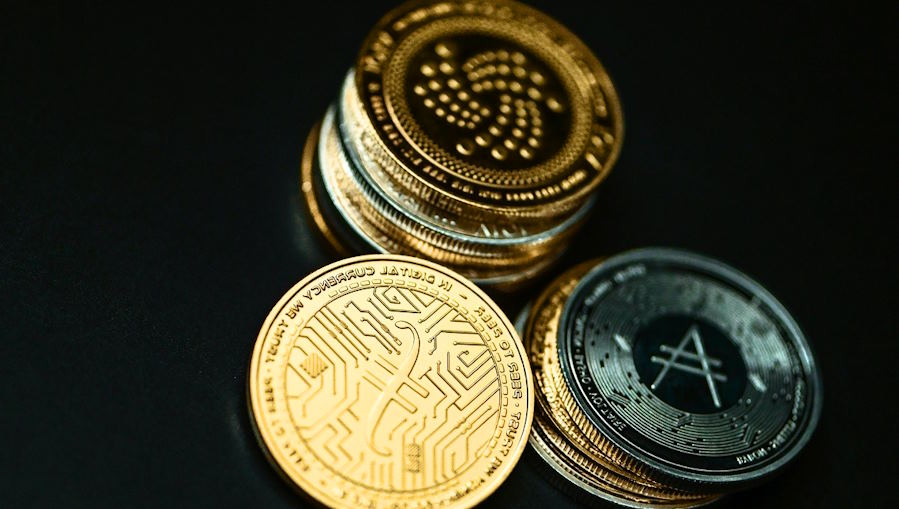With an increasing array of cryptocurrencies vying for attention, the process of coin listings on these exchanges has become not only a crucial step for emerging projects but also a complex endeavor entwined with regulatory challenges. As the crypto space evolves, navigating the intricate web of global regulations while ensuring fair and secure trading environments presents a paramount challenge for exchanges.
Challenges in Coin Listings
Navigating the world of cryptocurrency listings on exchanges is fraught with a multitude of challenges that reflect the evolving nature of the industry. One of the most pressing issues is the lack of standardized regulatory guidelines for evaluating coins seeking listing. Unlike traditional financial markets, where regulatory frameworks provide a clear roadmap, the dynamic and global nature of cryptocurrencies has left exchanges grappling with varying interpretations and expectations from different jurisdictions. This uncertainty often translates into a painstakingly intricate process of due diligence to ensure compliance, often involving legal consultations and in-depth technical assessments.
A further challenge arises in differentiating between the diverse categories of tokens – security, utility, and payment tokens. Determining the appropriate classification is pivotal, as each category carries distinct regulatory implications. While security tokens are subject to stringent securities laws, utility tokens serve functional purposes within decentralized ecosystems, and payment tokens facilitate transactions. Exchanges must meticulously analyze the token’s characteristics and purpose to prevent misclassification, which could lead to inadvertent regulatory breaches.
Moreover, maintaining market integrity is a perpetual struggle. Fraudulent schemes, market manipulation, and inadequate investor protection pose serious risks. Cryptocurrency markets’ 24/7 operation and global accessibility exacerbate these issues. Exchanges must implement robust monitoring mechanisms to swiftly detect and counter fraudulent activities, while also educating users about potential risks. Striking a balance between innovation and safeguarding investor interests requires a concerted effort from exchanges, regulators, and projects alike.

Navigating Regulatory Compliance
In the intricate dance between cryptocurrency exchanges and regulatory compliance, proactive strategies are essential to maintain market integrity while fostering innovation. This involves a multi-faceted approach that encompasses due diligence, engagement with regulatory authorities, and the implementation of stringent anti-money laundering (AML) and counter-terrorism financing (CTF) measures.
Due Diligence and KYC Procedures for Evaluating Coins:
Exchanges wield the responsibility of scrutinizing coins seeking listing to ensure compliance with various regulatory parameters. This involves conducting comprehensive due diligence on the project team, technology, use case, and token structure. Additionally, Know Your Customer (KYC) procedures are implemented to identify the individuals behind the projects, minimizing the risk of facilitating fraudulent activities. This diligent evaluation not only safeguards investors but also aids in building trust within the crypto ecosystem.
Engaging with Regulatory Authorities to Ensure Compliance:
Collaboration with regulatory authorities is pivotal in navigating the intricate regulatory landscape. Exchanges often establish lines of communication with relevant regulators to seek clarity on compliance expectations and to share insights on industry developments. This proactive engagement fosters a cooperative environment, enabling exchanges to align their practices with regulatory standards while advocating for innovation-friendly policies.

Technological Solutions for Compliance
Amidst the intricate landscape of cryptocurrency regulations, technological innovations emerge as powerful allies in the pursuit of compliance. From tracing coin origins to evaluating legitimacy, these advancements are revolutionizing how exchanges ensure adherence to regulatory standards.
Role of Blockchain Analytics in Tracing Coin Origins and Transactions:
Blockchain analytics tools have become indispensable in assessing the legitimacy of coins seeking exchange listings. These tools enable exchanges to trace the origins of coins, verifying whether they were obtained through legitimate means or are associated with illicit activities. Additionally, they provide visibility into the transaction history of coins, helping exchanges identify any connections to suspicious addresses or activities.
AI-Driven Tools for Assessing Coin Legitimacy and Compliance:
Artificial Intelligence (AI) plays a crucial role in evaluating the compliance of coins. AI-driven tools can analyze vast amounts of data, including whitepapers, source code, and social media activity, to assess the legitimacy and compliance of a token. These tools can identify potential red flags, such as plagiarized content or fraudulent claims, enabling exchanges to make informed decisions about listing tokens.




